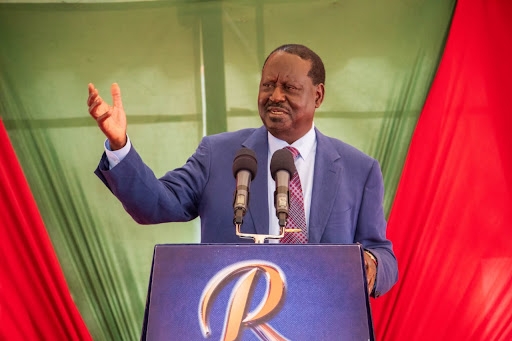

The Comrades Marathon in
Durban, South Africa, is more than just a race.
They have built an institution, a national spectacle that has been in existence for more than a Century.
The race, which started in 1921, has a masterclass in spectator support
in an African context and based on my own experience.
Having just completed the
gruelling 90-kilometre ultra-marathon on June 8, 2025, with an official time of
6:59:50, securing a silver medal, the memory of the South African crowds
remains as vivid as the pain in my legs.
Their unwavering,
passionate cheering offered a powerful lesson that I believe Kenyan sports
fans, particularly in our own esteemed long-distance running events, could
truly benefit from.
From the dawn hours in
Pietermaritzburg to the final agonising kilometres into Durban, the roads
vibrated with so much energy.
Buses disgorged over
15,000 participants, but it was the thousands of spectators who truly brought
the course to life.
What struck me most was
not just their presence, but their active, vocal encouragement.
When we all converged at
the start line, along Church Street, on Bishop Street, and especially through
the challenging climbs of Inchanga and Bothas Hill, the crowds were a constant
source of upliftment.
I particularly recall the
joyous shouts, especially from the women along the route, “uyindoda tall”, that
referenced me, or so I thought, gave me a surge of energy.
Whether it was my "pepeta" shorts or
just my physical presence, their "Push tall, push!" was a moving
mantra that genuinely propelled me forward.
Not forgetting the
spectator points that played Amapiano.
It wasn't just generic
applause; it was personal, heartfelt, and seemed to be built on an
understanding of the effort involved.
"Shosholoza" at
5:30 AM before the gun, by the participants, mostly South Africans, was
breathtaking, a moment that set the tone for the entire race.
Having run other
International marathons like the Boston Marathon, what struck me was the
children who lined the route with their mothers, offering water, electrolytes
and enthusiastic shouts.
This early immersion in the spirit of Comrades
is something truly admirable. It speaks to a culture where support for athletes
is ingrained from a young age.
The future of the Comrades Marathon, based on
what I witnessed along that 90km stretch, is undoubtedly secured by this
generational passion. I hope.
In Kenya, our nation is
renowned for long-distance running, and our athletes are celebrated globally
for their achievements. However, while we express enthusiasm at our races, the
sustained, vocal, and passionate cheering seen at events like the Comrades
Marathon is often lacking outside of major city centres.
We celebrate our
champions at the finish line, but do we truly support them throughout their
challenging journeys on home soil?
Take, for example, the Standard Chartered Marathon, which is our beloved international marathon. Unfortunately, it often lacks significant cheers along the way. Instead, we tend to hear more cynicism regarding road closures, with many people questioning why a different route isn’t chosen.
I have participated in
the Standard Chartered Marathon four times, and I am looking forward to my fifth
this year.
I’m hopeful that we will
attract more participants this year and, in turn, inspire more cheers along the
routes.
We need to express our enthusiasm for local sports, not just football or rugby, which are generally more popular.
Imagine if every marathon or road race in Kenya were met with an
outpouring of encouragement from start to finish.
We have an upcoming one,
the Nairobi City Marathon, which is steadily gaining popularity for being one
of the most scenic marathons ever organised, passing by the skyscrapers of
Nairobi along the Nairobi Expressway.
Consider the impact on a struggling runner who is nearing their limit when they are greeted by our curated chorus of "psych psych panda panda!"
That’s what recreational running is all
about: being engaged in a profound personal battle.
The South African crowds
at Comrades don't just watch; they participate in the race's narrative. They
are a force multiplier, transforming individual struggles into collective
triumphs.
For Kenyan spectators, there's a powerful
lesson for us here.
Our cheers are not just background noise; they are fuel, a mental boost that can carry a runner through the toughest kilometres.
It indeed carried me to the finish line, and I was
ecstatic.
If we can embrace this
culture of proactive, enthusiastic support, not just for our elite athletes, but
for every single participant.
By doing so, we can elevate our races into even more iconic and inspiring events, truly reflecting the spirit of our running nation.










